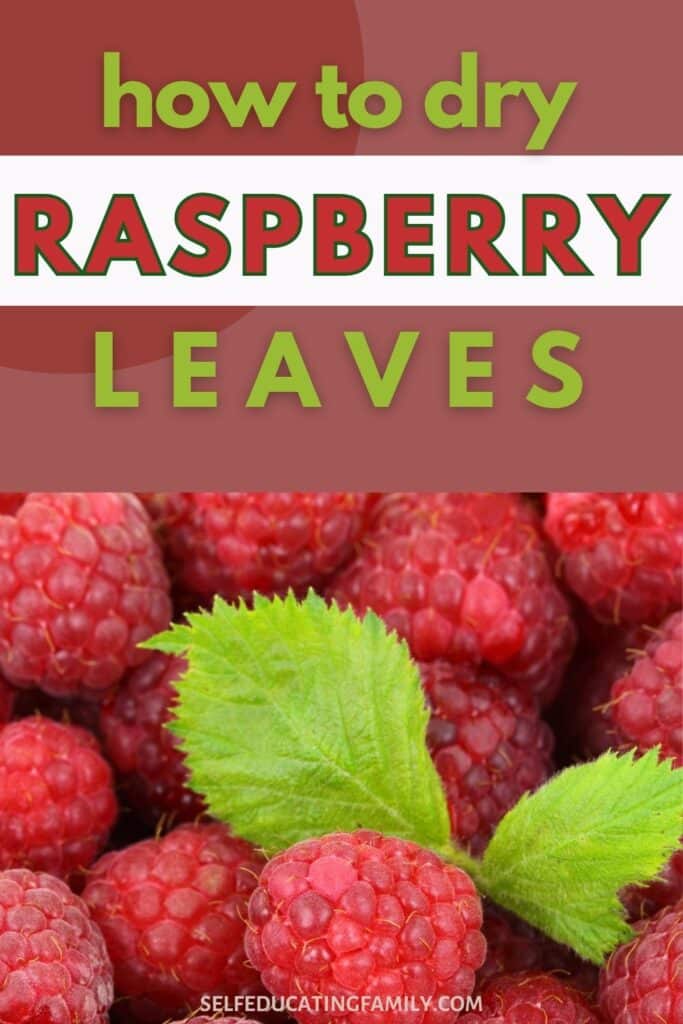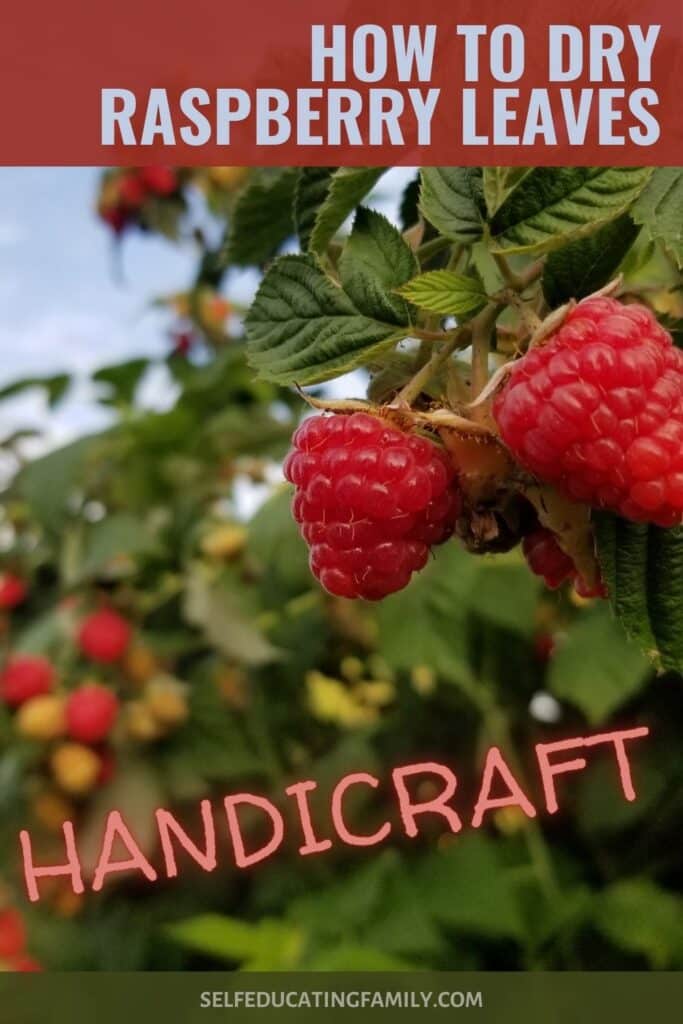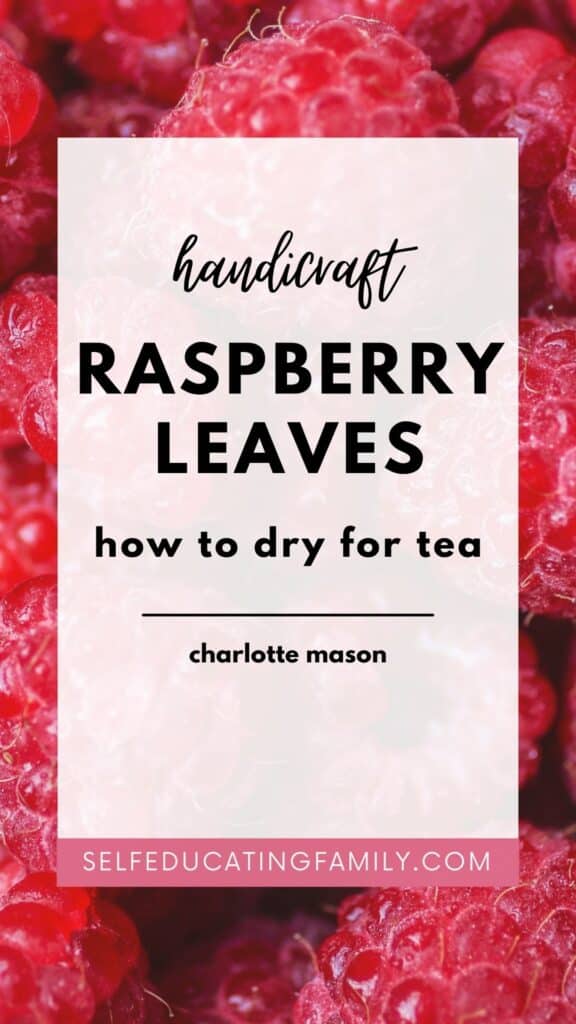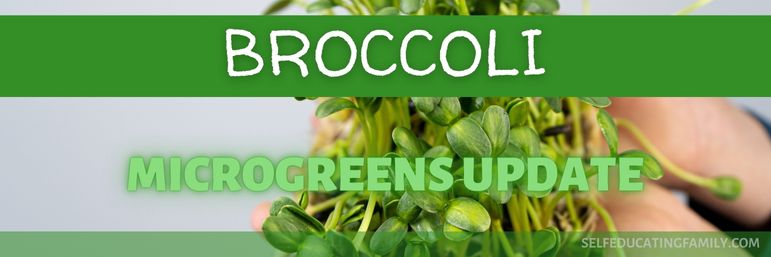What’s inside: Do you know you can learn how to dry raspberry leaves to make your own DIY raspberry tea? Read this article to find out.
Raspberries
Do you have raspberry bushes? Or know someone who does? Do you like raspberry leaf tea?
Our neighbors grow raspberries. Then, one year, a small bunch of volunteer raspberries grew from under the fence. We now have a lovely patch that likes to grow out into our lawn. It’s searching out water.
To control the raspberries, I have to dig out & transplant new canes or chop them down.
I knew raspberry leaves are good for tea so I learned how to harvest and dry the leaves before the first lawn mowing of the summer.
Background
Handicraft
Tending the garden was included in Charlotte Mason schools during the afternoon’s structured free time. Useful work included “help in garden”.
We include gardening in our handicraft rotation and each year we deliberately set out to learn a new aspect of the garden.
Dehydrating
Everyone in our family is used to using our dehydrator ever since we participated in our co-op handicraft class on dehydrating. We’ve been finding more uses for it as a method of food preservation ever since.
What’s new: the Raspberry Bush
A raspberry bush is a perennial and grows canes. The first-year canes will not produce berries on my plants – they wait until the next summer. And then that cane won’t produce after the second year, so it gets pruned out in the fall for new growth.
Meanwhile, I have all these little new plants that can’t grow where they want (i.e. in my lawn), so I harvest the leaves for tea and then prune out these suckers.
Raspberry leaves are a nice bright green with a pale green/silver underside.
Leaves
Traditionally, raspberry leaves are used to make an infusion for a number of reasons. It’s considered a tonic and has astringent properties, as well as nutritive and antispasmodic properties. It’s been used by women in particular for millennia. The leaves are rich in potassium, magnesium, iron, and B vitamins.
I like the way it tastes.
Infusion vs. Tea
What we sloppily call raspberry tea is technically an infusion. Tea is only made from tea leaves of the Camellia sinensis plant. Which does not grow where I live.
An infusion steeps plants or fruits in water, just not the Camellia sinensis plant. When that gets steeped, it’s called tea.
When to Harvest Leaves
Clip the leaves in the morning after the dew has dried. You want fresh green leaves, preferably before the bush blooms. But you can harvest anytime or at the end of the season.
Be sure to wear gloves because raspberry bushes have little thorns on the stems. These are annoying if you are trying to harvest without gloves!
How to dry in dehydrator
- Lay out the leaves in a single layer on your dehydrator trays.
- Set the dehydrator to 115 degrees F.
- Dry until leaves are crisp and still green. Begin checking about 8 hours.
- Store in a mason jar.
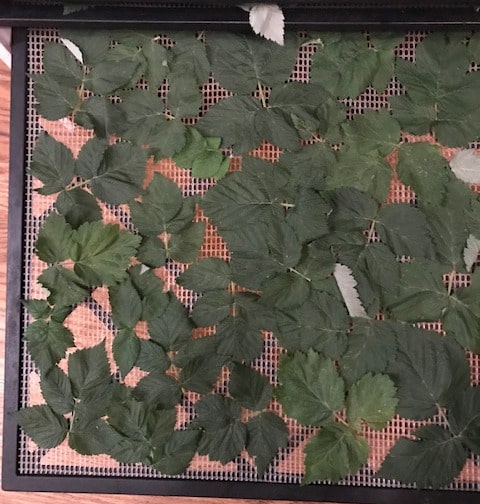
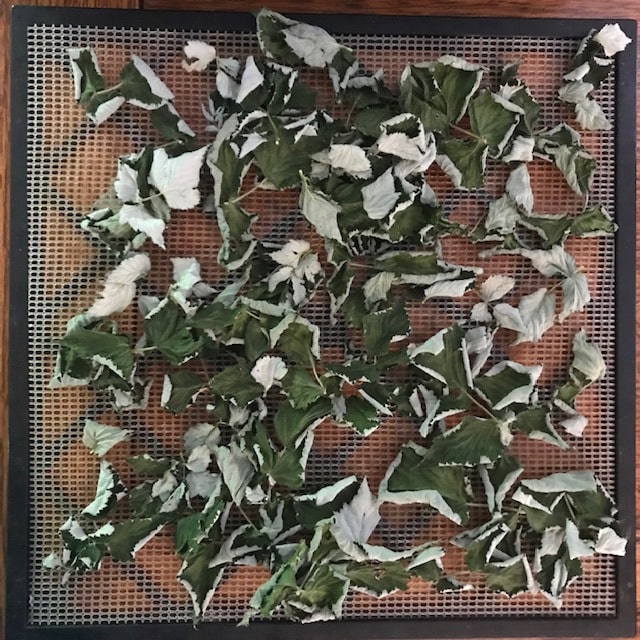
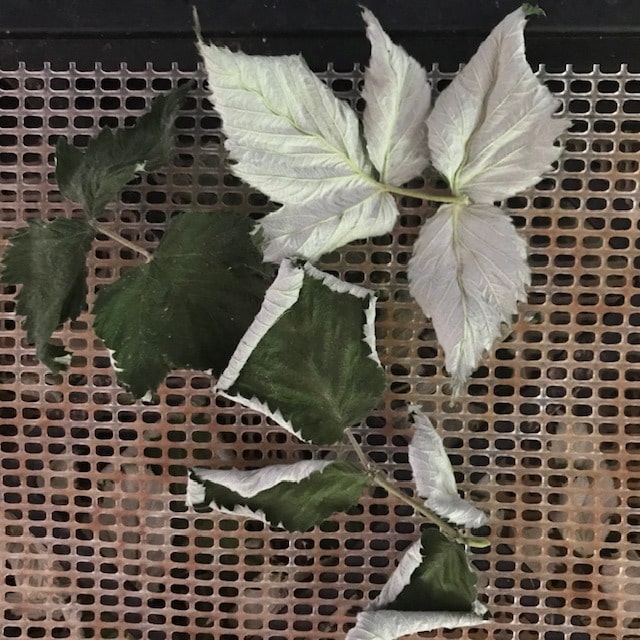
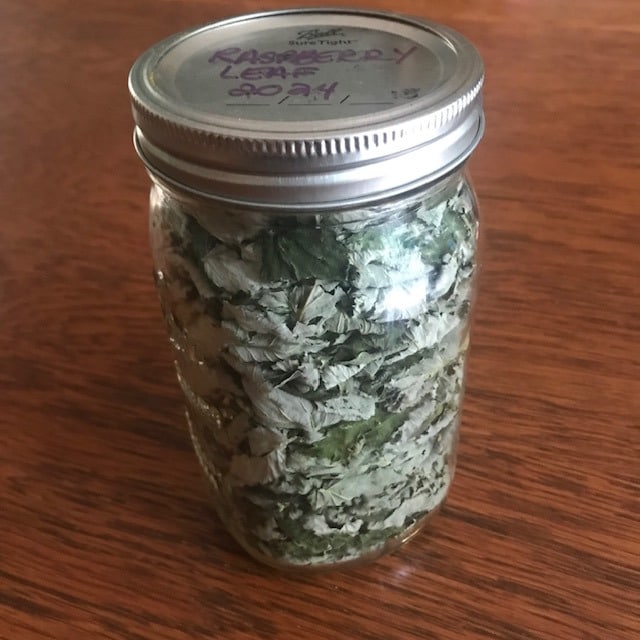
How to dry without a dehydrator
- Place leaves in a single layer on a screen.
- Dry in the air in a dry warm location.
Basically if you don’t have a dehydrator, you just need a dry location. Someplace sunny is fine with no wind and no rain.
Making “tea”
Steep your dried leaves for a glass of refreshing raspberry tea!
If you’d rather not wait for the leaves to dry, you can simply make tea with the fresh leaves. You need to steep 7-10 leaves in your cup, then strain.
Enjoy!

FAQ
Yes, you can do this! Raspberry leaves can be dried on screen trays in the air. It takes longer than a dehydrator, but it still works.
Yes, 7-10 leaves of fresh leaves steeped in water make a good cup.
It takes about 8 hours or overnight in a dehydrator at a low temperature to dry raspberry leaves.
Keep Learning
Related Posts
More to learn
- How to Harvest, Dry & Brew Raspberry Leaves | Our Amyable Farmhouse
- How to Harvest & Preserve Red Raspberry Leaf | Grow a Good Life
- Using Raspberry Leaves | Unruly Gardening
- Raspberry Leaf Tea Harvesting & Drying | Daily Harvest Designs

